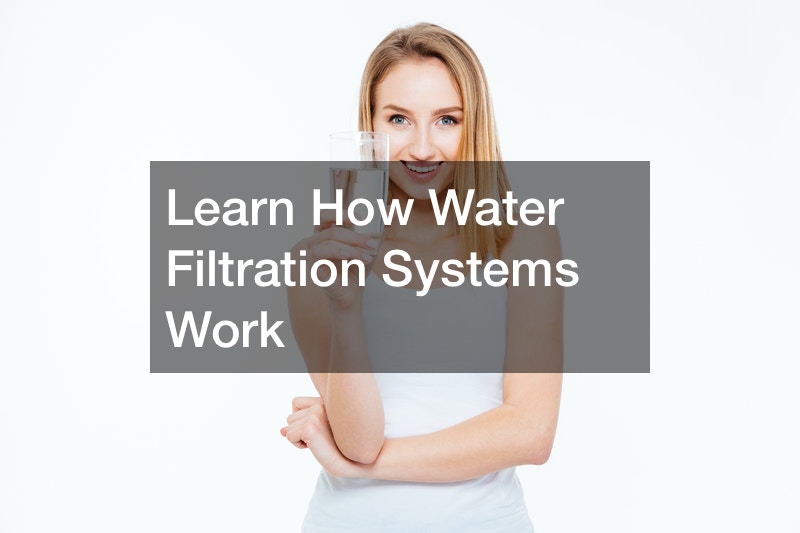
In this video, you will learn everything about the water filtration process.
Their versatility and the fact that they are naturally occurring makes them an excellent choice for water treatment. Fluoride, dissolved salts, sodium, and microorganisms may all be removed using these systems.
A reverse osmosis water filtration system’s semipermeable membrane has holes so small that most bacteria cannot flow through them; this membrane can remove 95% of the dissolved pollutants from water.
Filters lose their efficiency with time and need to be replaced. Their water is of a higher quality than other ways, although they might be more expensive.
Toxins in water are bound by activated carbon water filter devices. Water purification is usually assisted by the adsorption of pollutants. Chlorine and other pollutants often found in water can be removed by using these types of water filters.
In terms of water purification, UV sterilization is one of the most successful procedures. They often remove germs, viruses, and protozoa from your water, making it safe to consume.
Water filtering is a straightforward procedure. Large interior surfaces physically hold sediments and pollutants in place. As water flows over activated carbon, it attracts compounds like lead and volatile chemical compounds. Last but not least, chemical processes occurring inside the filter diminish chemicals such as chlorine upon coming into touch.
.





